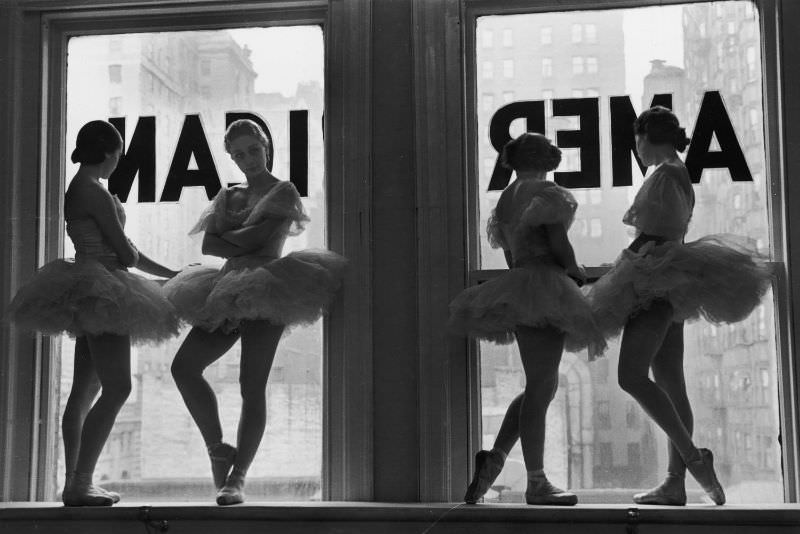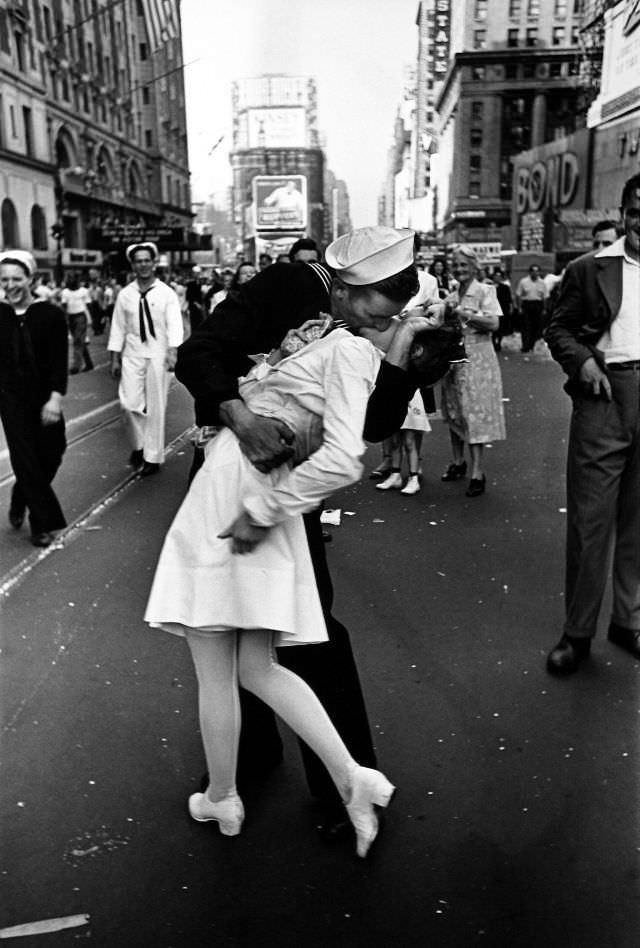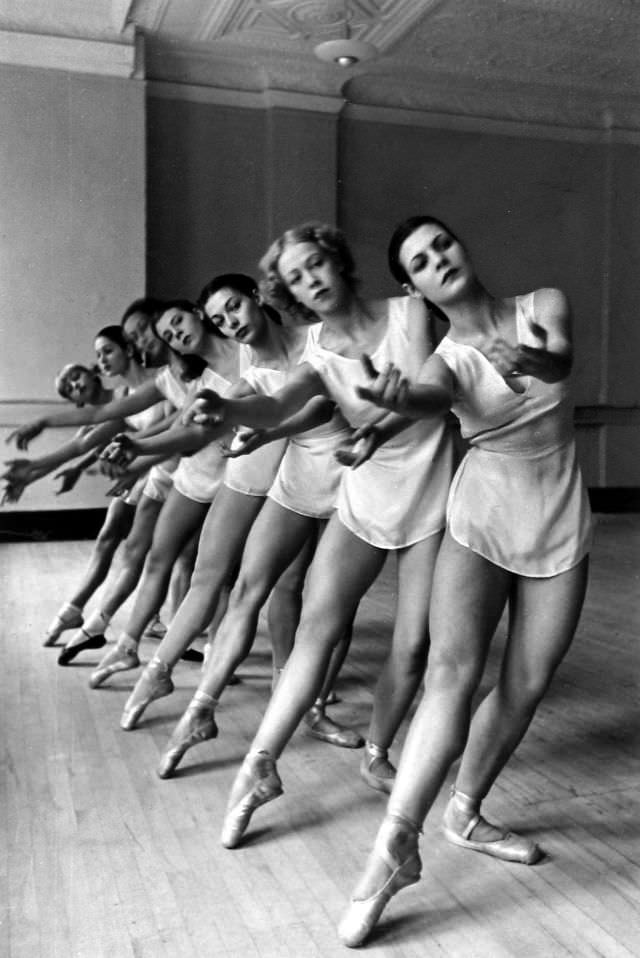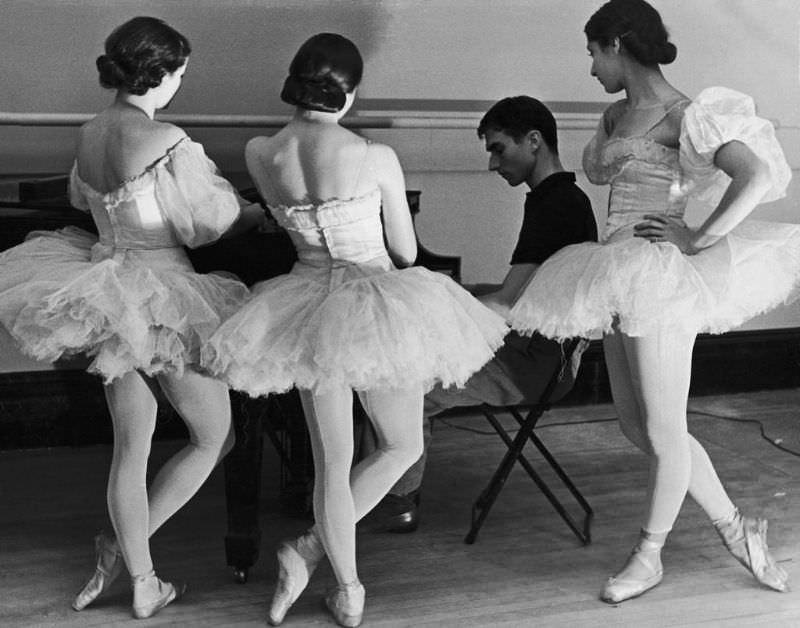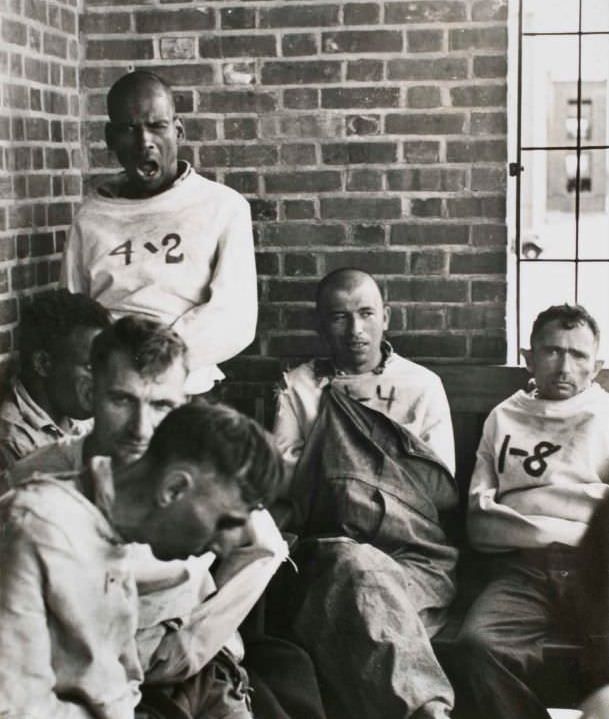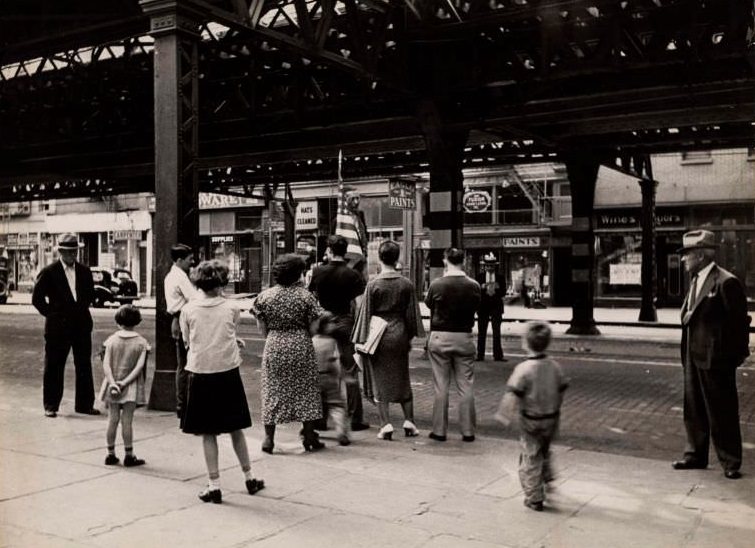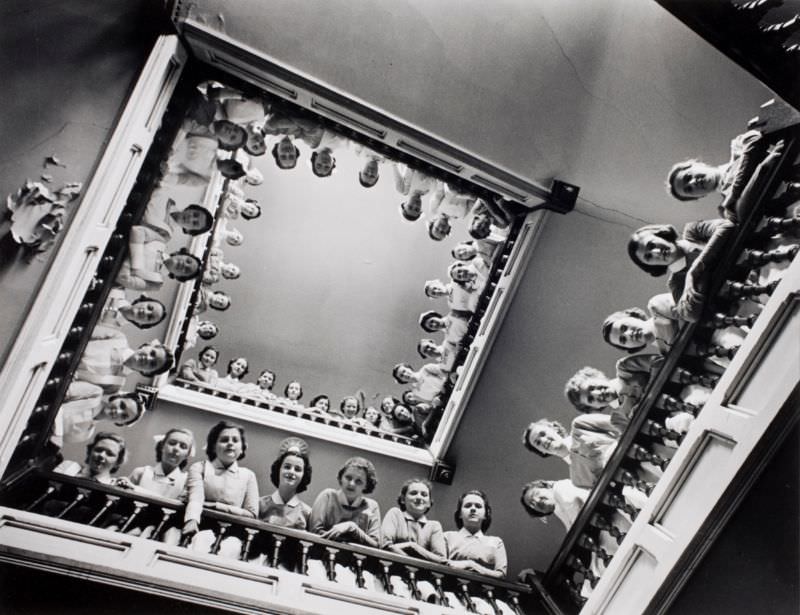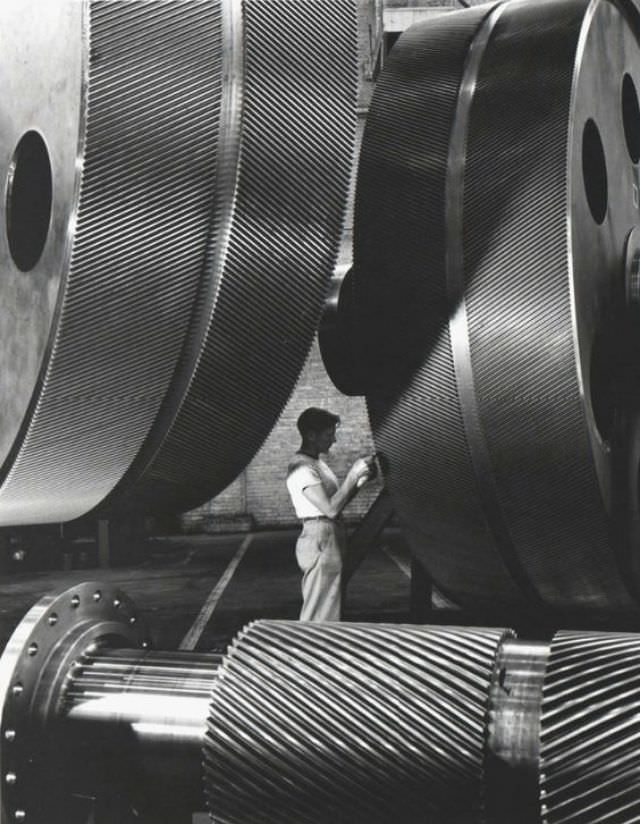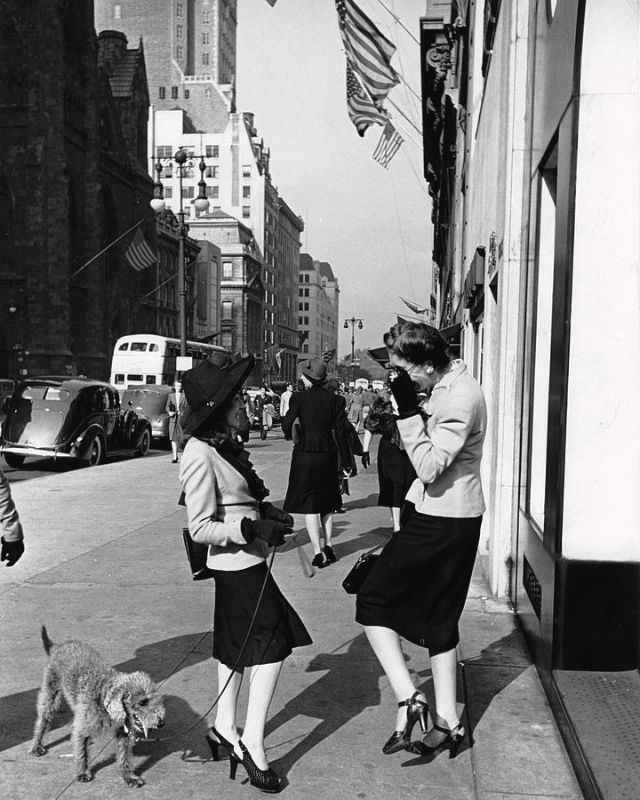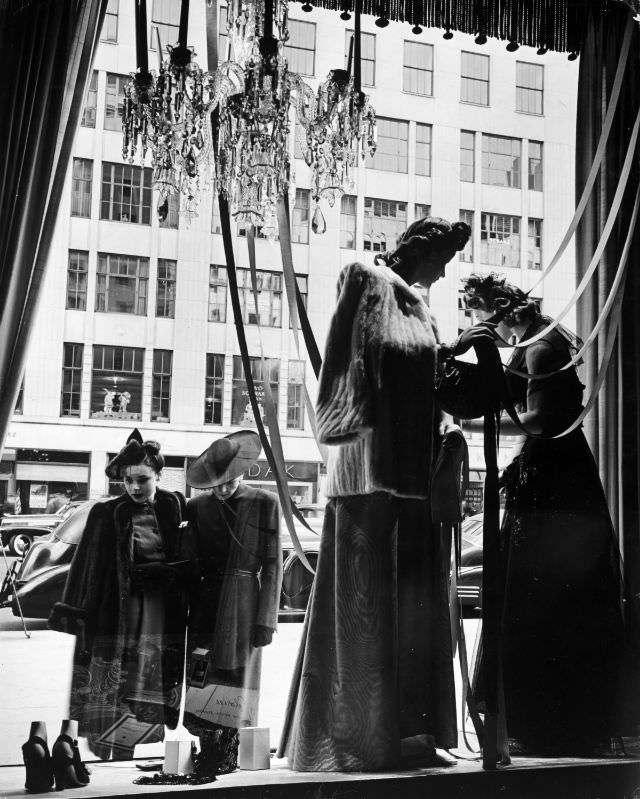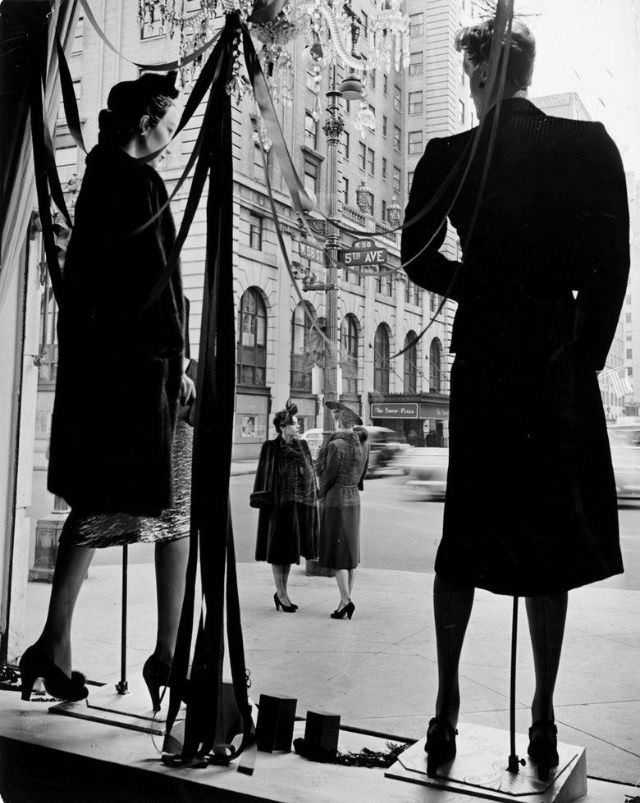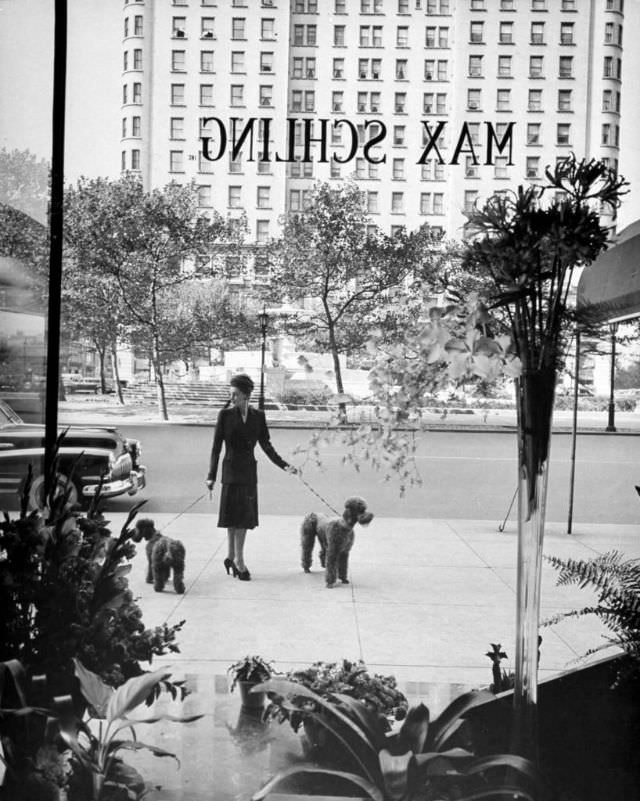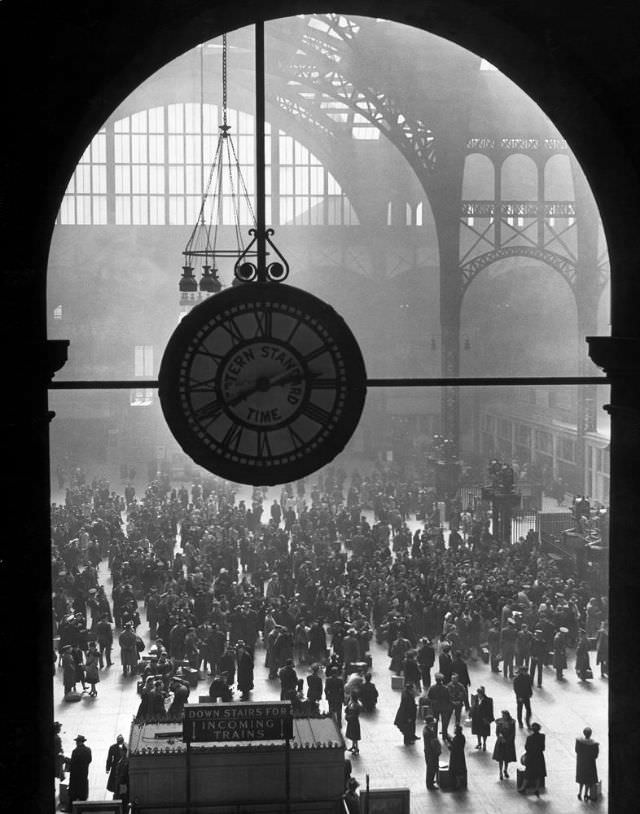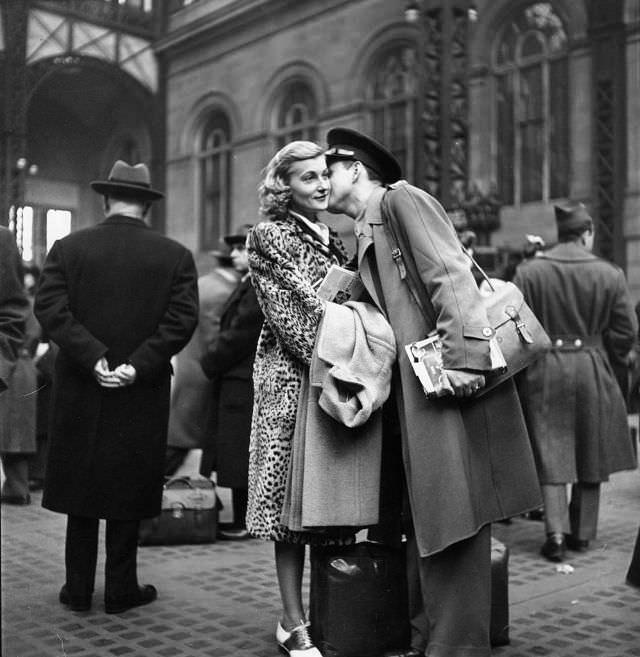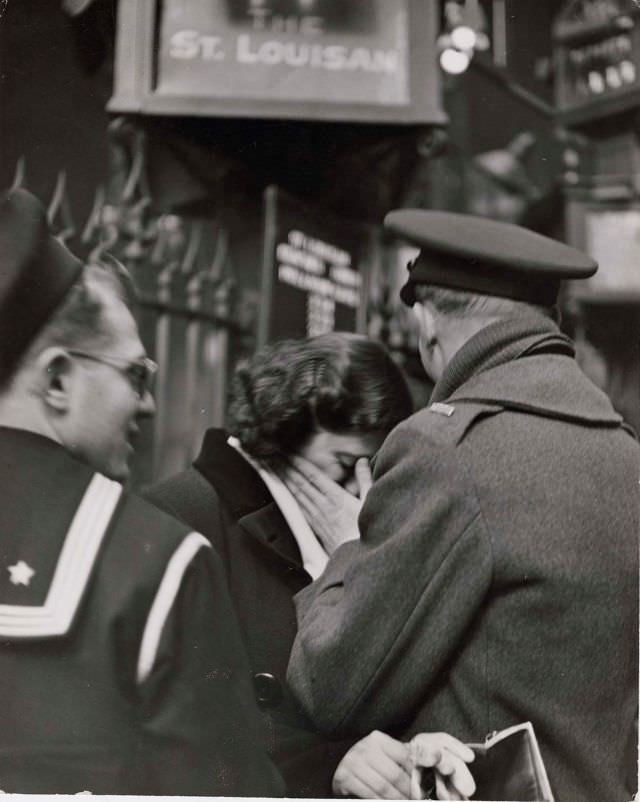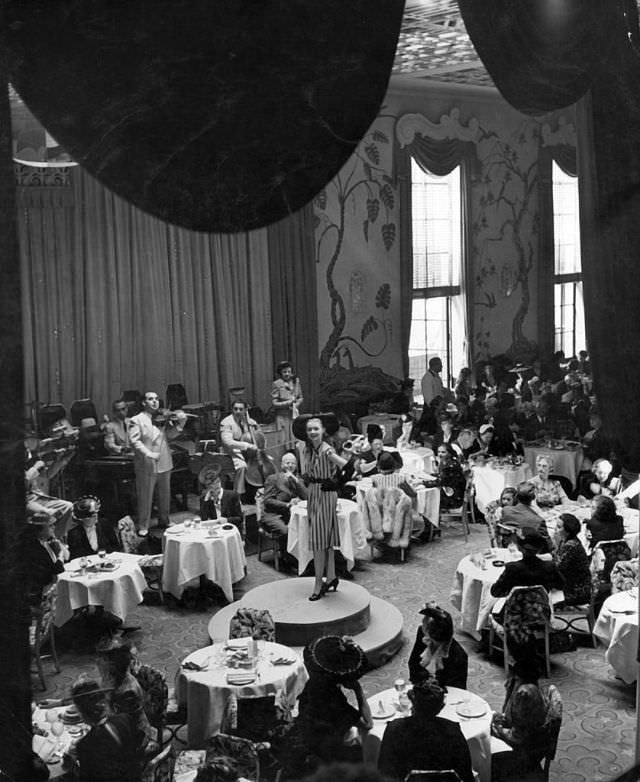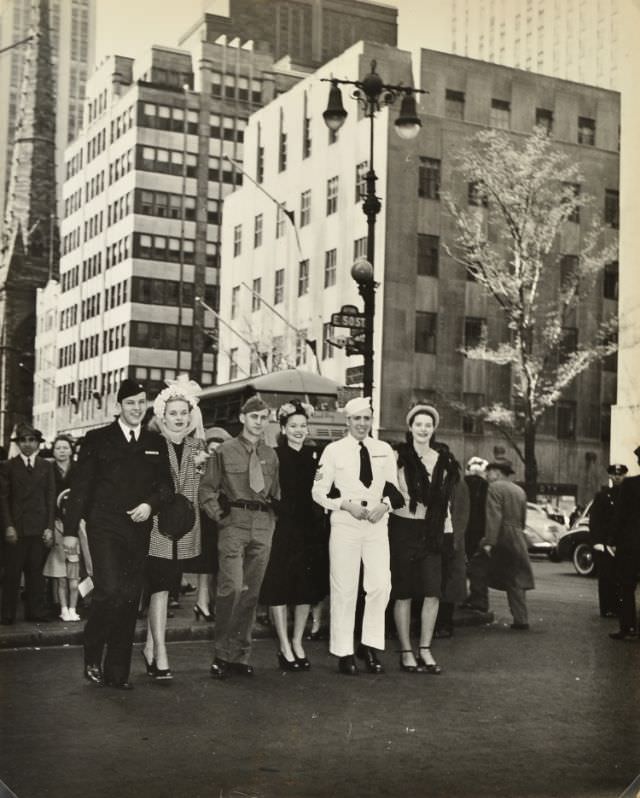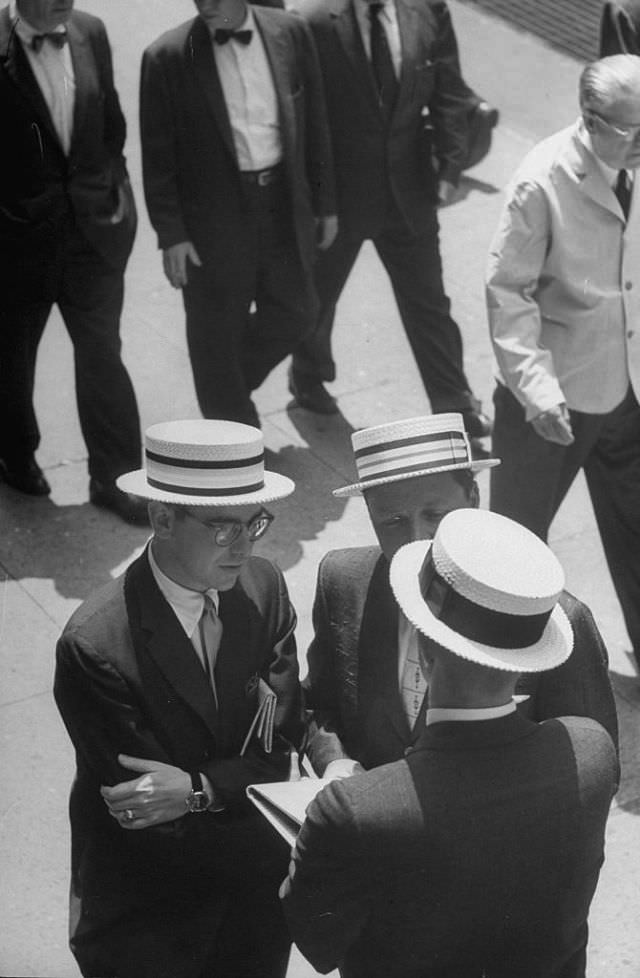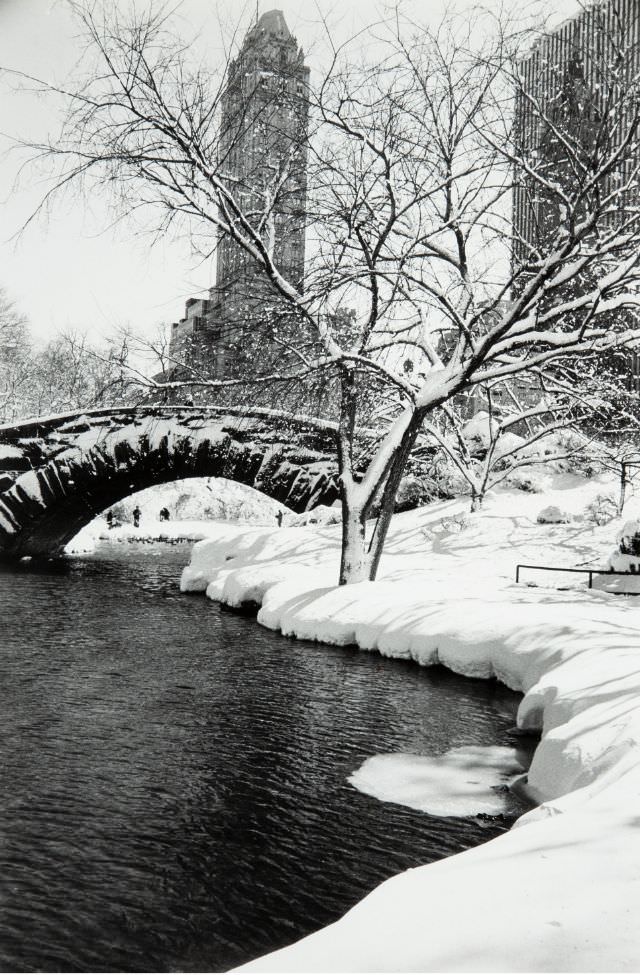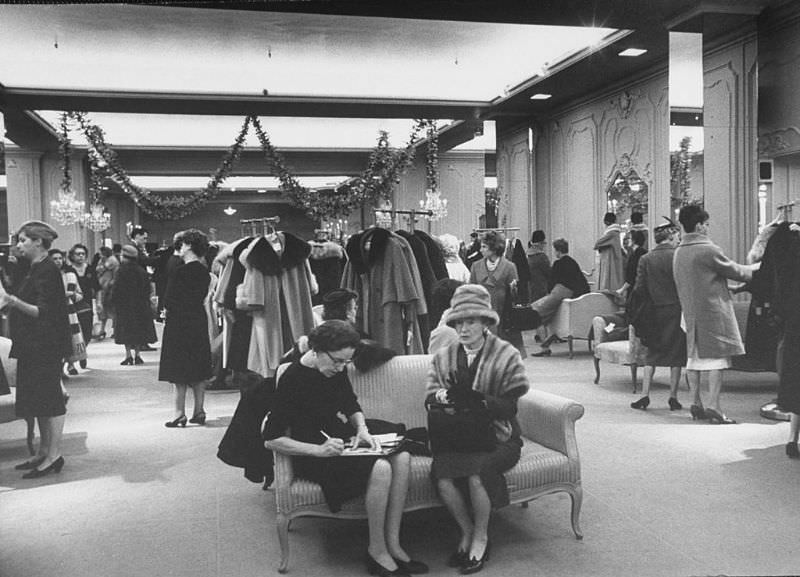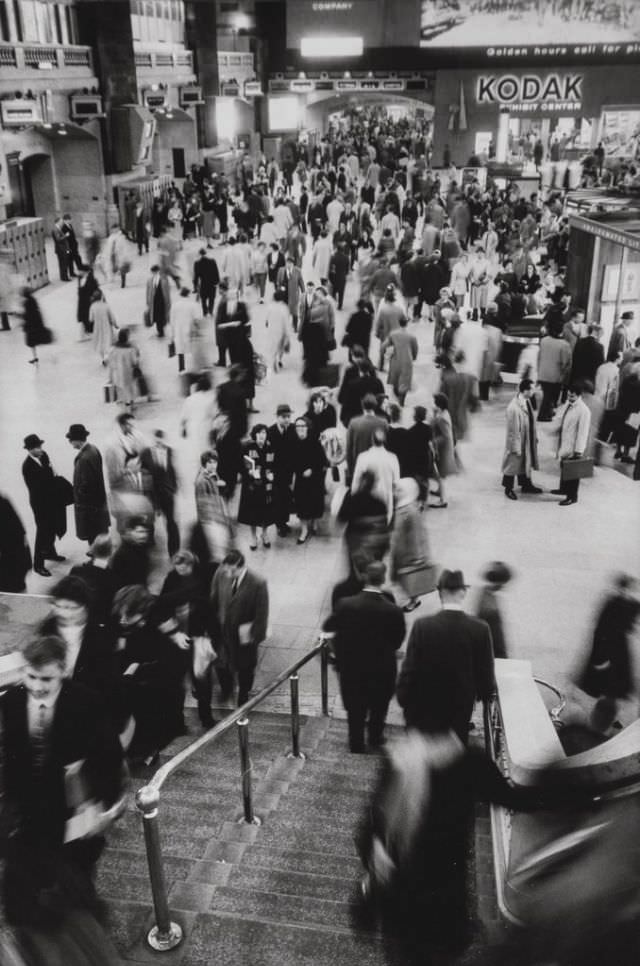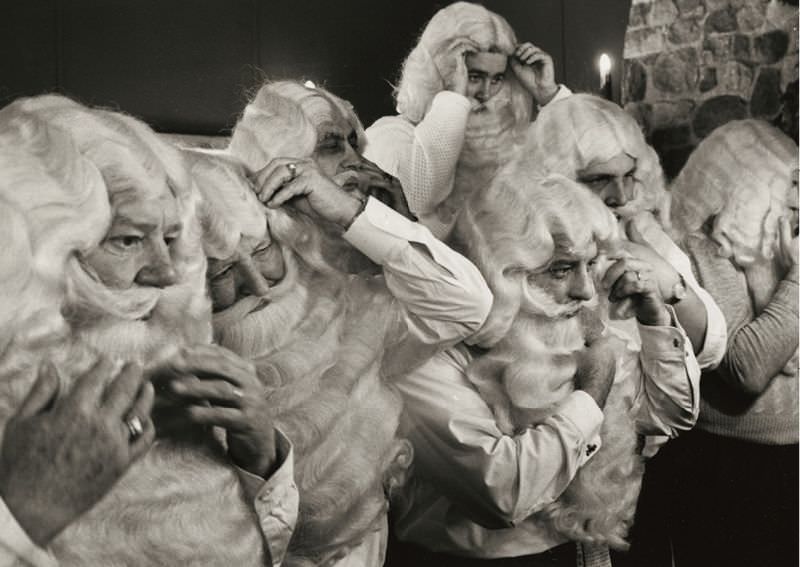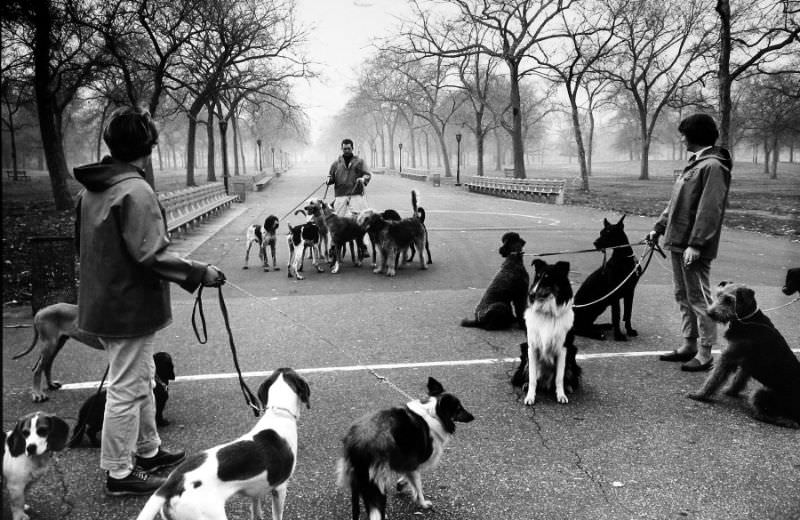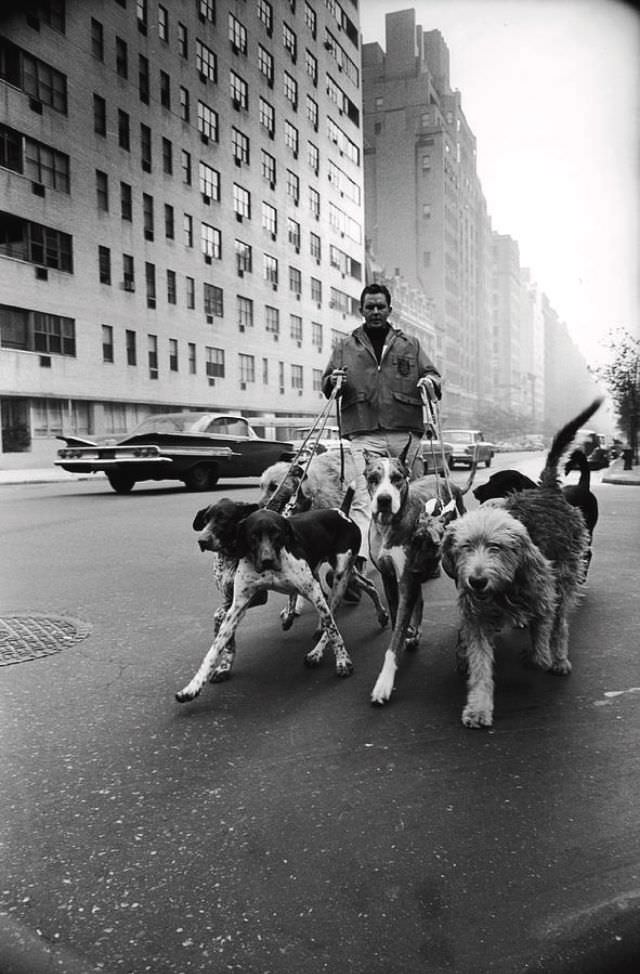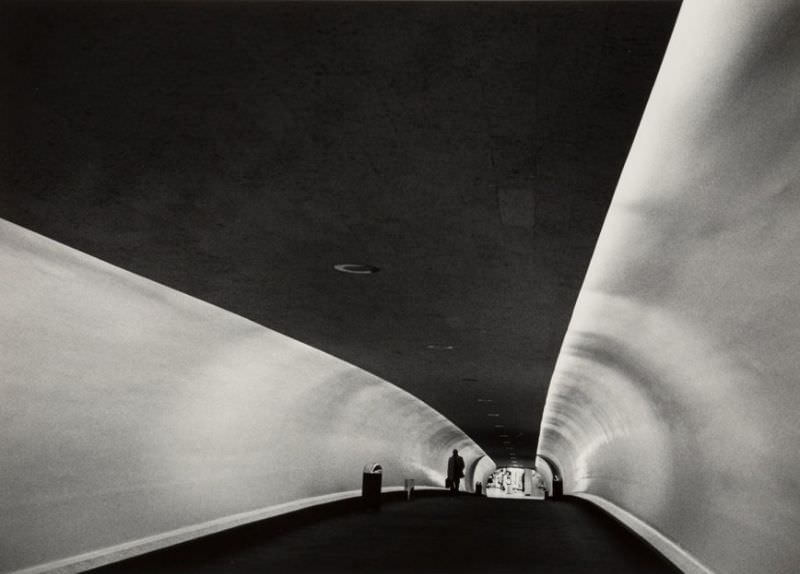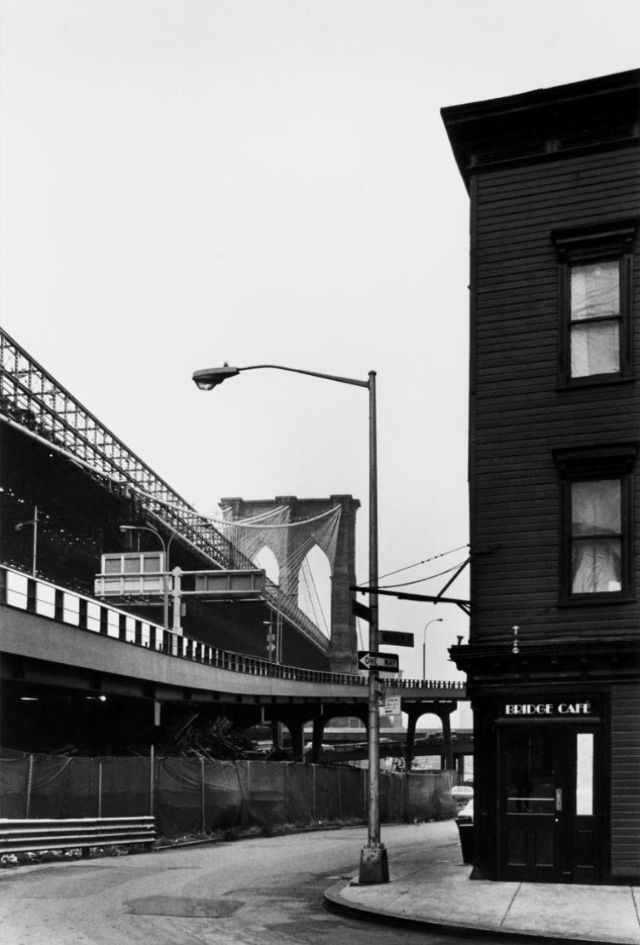Alfred Eisenstaedt was a talented photographer and photojournalist. He was born to a Jewish family in West Prussia in 1898. From an early age, Eisenstaedt was captivated by photography. When he was 11, he used an Eastman Kodak Folding Camera to take photos. Then, he started working as a freelance photographer at Pacific and Atlantic Photo in Berlin, which greatly boosted his career. Throughout his career, Alfred acquired a great deal of experience as a photographer. Within a short period, he rose quickly through the ranks.
Eisenstaedt worked for Illustrierte Zeitung in the 1930s. It was one of the world’s biggest publishing companies at that time. He captured some of the most important historical events in his photographs, including the first meeting between Benito Mussolini and Adolf Hitler. He is best known for his pictures from the V-J day celebrations in Times Square. Alfred Eisenstaedt used a Leica Illa to capture an American sailor kissing a woman on the street shortly after Japan surrendered, ending World War II. He captured most of his iconic photographs using different variations of the 35mm Leica Rangefinder camera, unlike other photographers and photojournalists of the time. He chose the small, portable camera instead of a big, bulky one.
Eisenstaedt captured more than 2500 assignments, including 86 cover spreads for LIFE. These LIFE covers featured John F. Kennedy, Albert Einstein, Marilyn Monroe, and Winston Churchill. Several renowned institutions own his photographs, such as the Royal Photographic Society (London), New York’s International Center of Photography, and Rochester’s George Eastman House. In addition, his photos have been exhibited at the Whitney Museum of American Art, the Museum of Modern Art, the Philadelphia College of Art, and the International Center of Photography. The photography of Alfred Eisenstaedt left a lasting impression on the industry. He left behind a trail of iconic photographs that have endured for generations.


